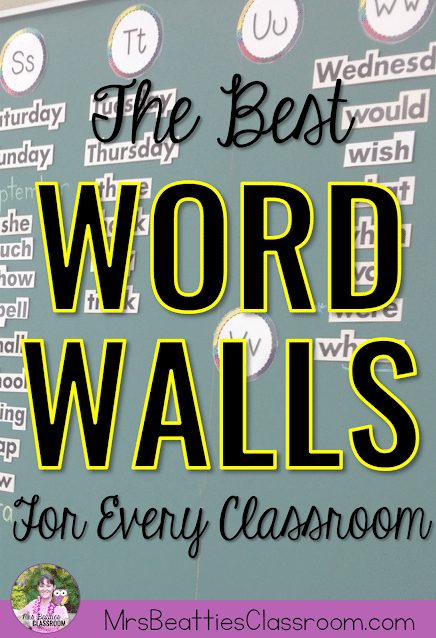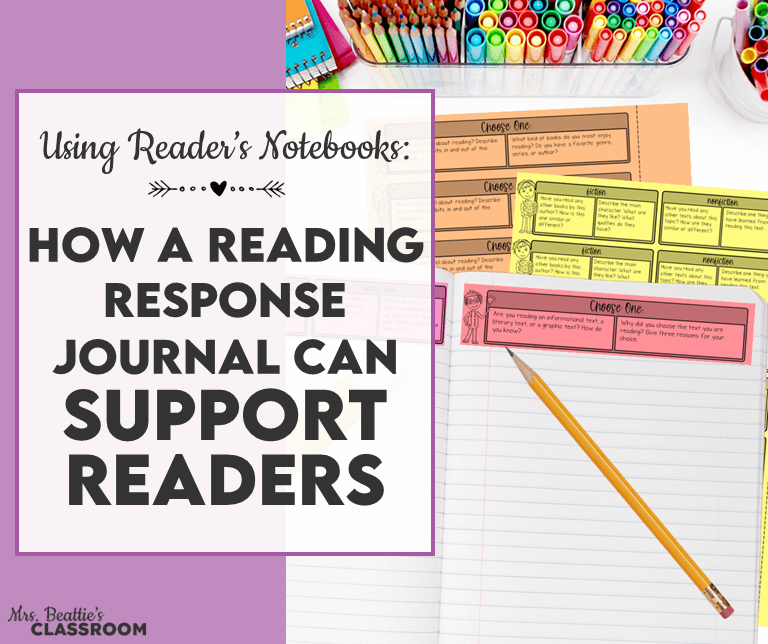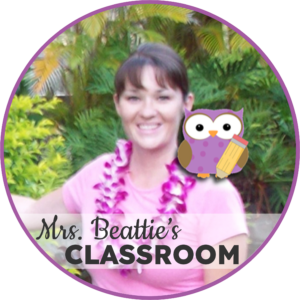Today’s classrooms contain more information posted than ever—learning goals, success criteria, classroom expectations, anchor charts, word walls… I could go on and on. Teachers are expected to cram more information into the same space year after year. How do you fit it all in?
Let’s talk about word walls. My word wall is one area that I felt was taking a TON of space, and I knew that I could use it more efficiently, so I’ve rounded up some examples of the best word walls and how you can make them work in ANY classroom!
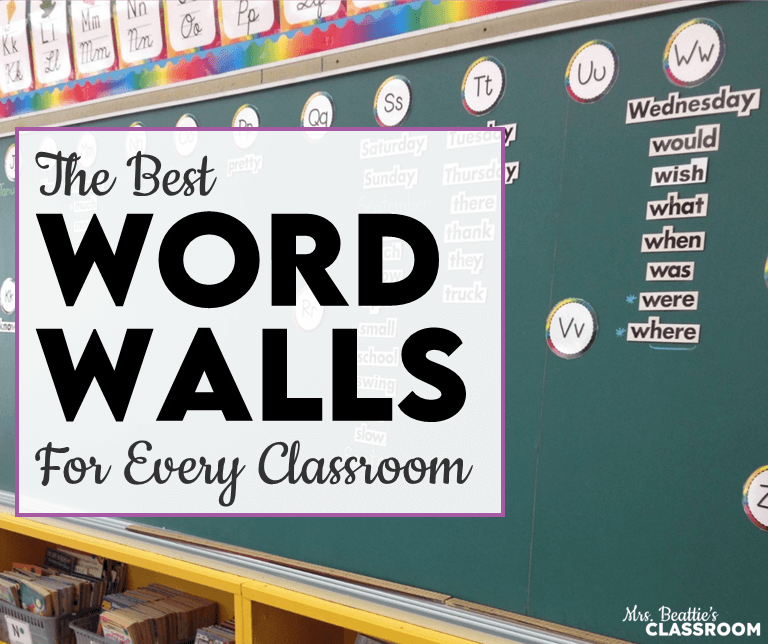
The Traditional Word Wall
In a large or small classroom, we’ve all seen the list of student names, common sight words, content vocabulary, and rule-breakers posted on a traditional word wall. When used correctly, these are invaluable resources for our students in the primary grades and beyond.
Traditional word walls should be part of your word work instruction so that the students will refer to and use the listed words. Words should be added gradually and with the help and input of your students. Words placed on the word wall should be part of your regular practice. Clapping, chanting, or guessing games like “Be a Mind Reader” or “Guess My Word” are fun ways for students to learn to read and recognize these words!
The Interactive Word Wall
Getting students physically involved with the word wall is a great way to help the learning “stick.” I love this idea from Whimsy Workshop Teaching. White glue over the letters allows students to feel the letters in their explorations!
Storing each word on a ring under the corresponding letter allows students actually to bring the word wall to them! Giving students hands-on word work activities to use with the word wall words is also a great way to help them quickly recognize and spell these words correctly.
And my word work centers are a great way to get students’ hands on!

The Personal Word Book
Some classrooms don’t have the wall space for a large word wall. In cases like this, a personal word book or dictionary is a great way to give your students access to the words they need when reading and writing.
You can make these resources interactive by giving students the space to add their own words or use highlighters to direct their attention to certain words in the way you might color-code words on your wall. I personally LOVE using word books because I can more easily differentiate the words for my students’ varying needs!
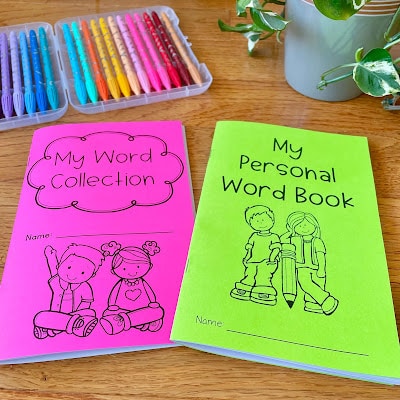

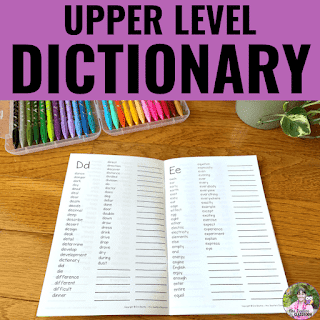
The Word Family Wall
New to my classroom this year are word family lists! Closely linked to our weekly word work lessons, these lists are space-saving and DIFFERENTIATED!!
Each week, I introduce a word family or spelling pattern. We brainstorm words with a particular pattern, look for additional words around the room or in our reading, and then use them during independent word work activities throughout the week. What I love about this setup is that I can easily and discreetly differentiate by having my students work on different lists of words within each set.
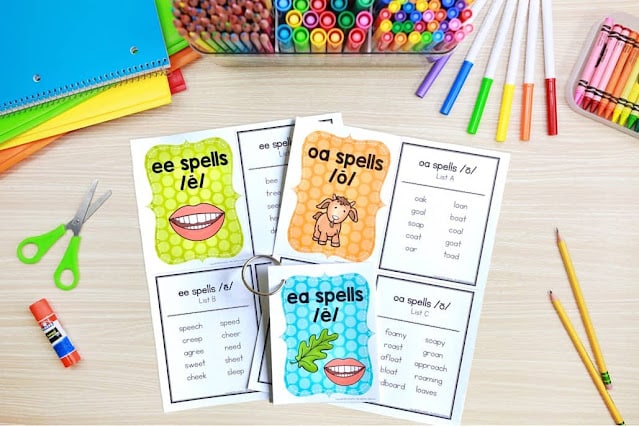
The Rule Breaker Wall
Finally, some classrooms contain a special section of their word wall dedicated to the rule-breakers – those words that don’t follow the typical rules we teach kids about letter sounds and patterns. My coworker and friend, Christina, from Hanging Around In Primary, created this “Word Jail” that I absolutely love. She says, “I have the words in the Word Jail to help draw attention to them. We need students to learn these words by simple memorization. We spend a lot of time teaching decoding, but decoding is not helpful with Jail words. By giving them their own special place, you can easily practice them and draw students’ attention to them.” You can read more about Christina’s Word Jail HERE.
I hope that you’ve found some word wall inspiration in this post! You might also be interested in the tips and tricks for differentiating your word work that I’ve shared in this blog post:
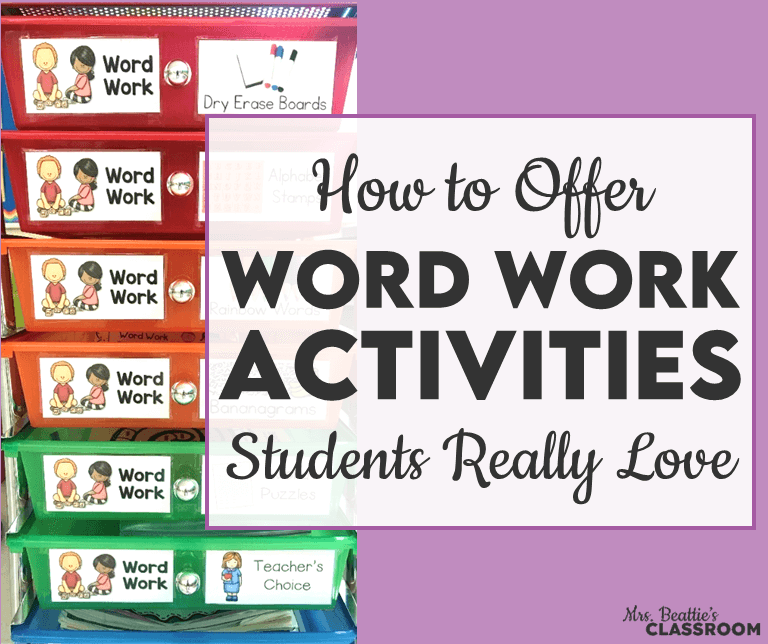
The word wall letters in the photographs can be found here:

If you’ve found this post interesting or useful, please pin it or share it with friends and colleagues!
